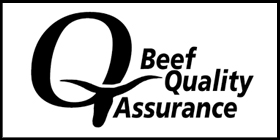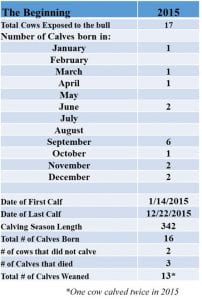– Mark Sulc, Extension Forage Agronomist, Dianne Shoemaker, Extension Field Specialist, Dairy, Bill Weiss, Extension Dairy Nutritionist, Stan Smith, OSU Extension PA, Ben Brown, Agriculture Risk Management

Oats planted in late summer and originally intended as a cover crop are also high quality and valuable feed.
Considering the current shortage of quality forages, and the abundance of cover crops that were planted in Ohio this summer, the question has been asked, “How do I set a price to buy a oat/spring triticale forage crop still growing in the field?”
In response we’ve assembled a spreadsheet based tool to help determine an appropriate value for standing oat and spring triticale cover crops that could be harvested as feed.
At best, how to value a standing oat/triticale summer seeded forage crop is challenging. Assigning an appropriate value includes the buyer and seller agreeing on the market value for the forage and then adjusting for Continue reading Valuing Standing Oat or Spring Triticale Cover Crops for Feed



